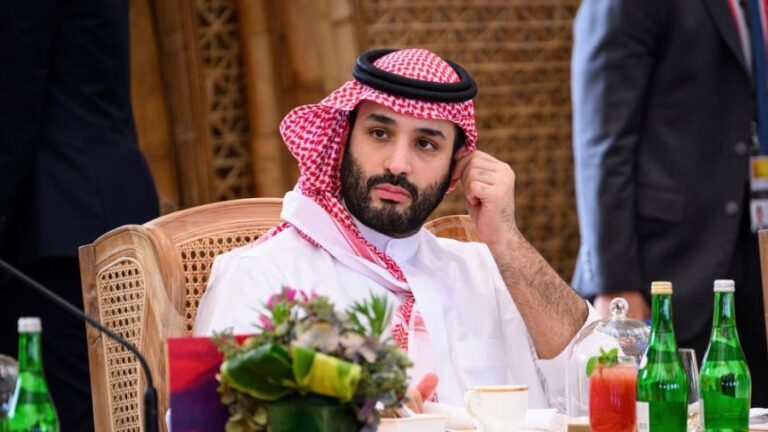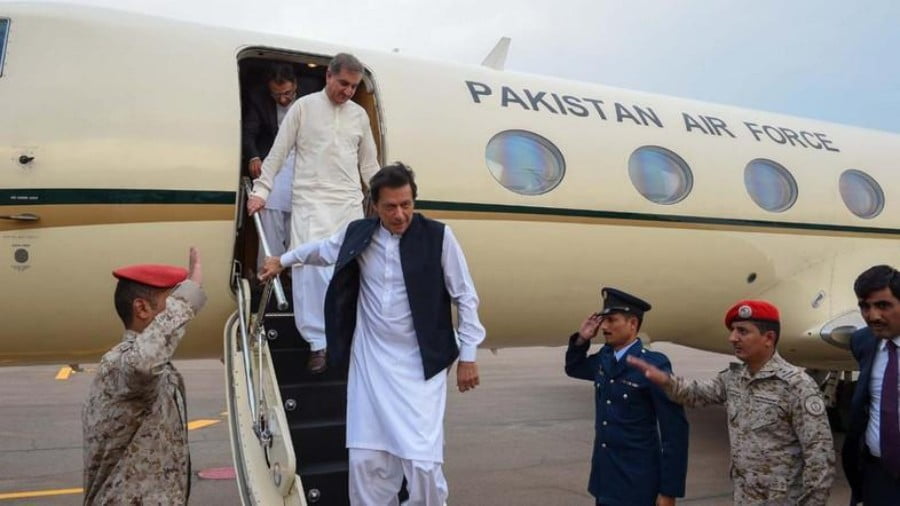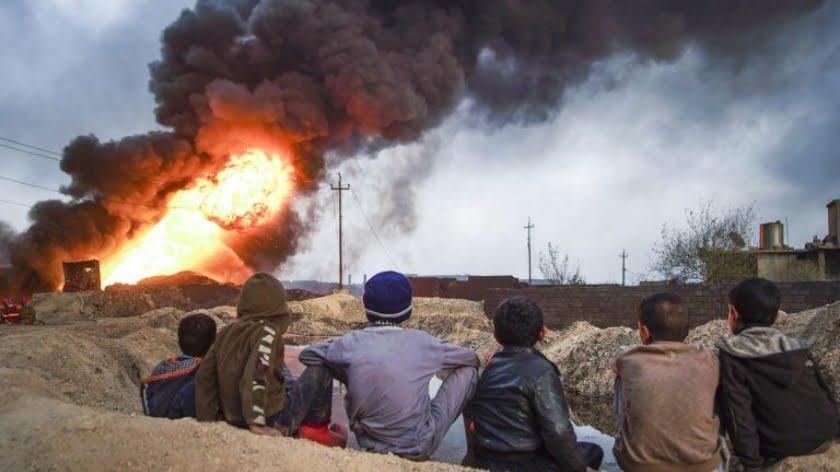The Future of Russian-Bangladeshi Relations Is Bright
Russia is opening the door for India to comprehensively engage the former’s unofficial ‘sphere of influence’ in Central Asia as well as nearby Afghanistan in pursuit of their shared vision of balancing Eurasia so it would be a kind gesture for India to reciprocate by doing the same in South Asia vis-à-vis Bangladesh.
Russia and Bangladesh celebrated half a century of bilateral relations on 25 January. These two countries have remained close partners since then, though ties of course suffered throughout the 1990s during the chaotic transition from the USSR’s dissolution until the rise of President Putin. Nevertheless, Russia continued to appreciate Bangladesh as one of its most cherished partners in the Global South and their ties finally have the chance to return to their previously strategic nature.
Russian Deputy Foreign Minister Igor Morgulov published a piece in Bangladesh’s largest English daily, the Daily Star, commemorating this occasion. Titled “The prospects of Bangladesh-Russia cooperation”, it concisely reviews their half-century-long history of ties and documents milestones in their modern relationship. Apart from bilateral visits and symbolic joint statements, the latter prominently includes their 2012 deal for Russia to build the Rooppur nuclear power plant, which India joined in 2018.
This speaks to the trust-based nature of their ties since choosing nuclear energy partners is an extremely strategic decision for any state to make. Other important examples of cooperation concern their extremely close military-technical cooperation and Russia’s scholarships to Bangladeshi students. Bilateral trade regrettably underperforms its potential and mostly deals with Russian exports of wheat, fertilizer, and machinery while Bangladesh exports seafood and textiles.
Mr. Morgulov’s article is very insightful and should be read by all interested observers, but there’s more that can be added to their ties than just what he shared. The purpose of the present analysis is to do just that with the aim of informing others of how bright the future of Russian-Bangladeshi relations is so long as both sides have the political will to seriously consider the author’s policy proposals. Before describing this, it’s important to clarify the only serious challenge to their ties.
This involves Russia’s “military diplomacy” with neighboring Myanmar with which Bangladesh has extremely tense relations. Moscow’s export of various equipment to that country has provoked a bit of an uproar among some Bangladeshis, but they’d do well to understand the strategic motivation behind that decision. Russia sells high-quality wares to both parties of any given rivalry for the purpose of maintaining the military balance between them and encouraging political solutions to their disputes.
This contrasts with the US’ practice of “military diplomacy” whereby it usually only arms one side to the teeth in order to encourage it to resort to military means for settling their disputes instead of political ones like Russia intends. Bangladesh & Myanmar are just one example of Russia’s pragmatic “military diplomacy” in action. Others include Armenia & Azerbaijan, China & India, China & Vietnam, Iran & the GCC (mostly Saudi Arabia and the UAE), and Syria & Turkey.
No Bangladeshi should consider Russia’s “military diplomacy” with Myanmar to be aimed against their interests in any way. Rather, if anything, it’s also designed to enhance that neighboring nation’s strategic autonomy in order to help it preemptively avert any potentially disproportionate dependence on China in a very friendly, gentle, and non-hostile way considering Russia’s strategic partnership with the People’s Republic. This actually helps maintain regional stability in the New Cold War.
Having clarified that, it’s now time to discuss the future of Russian-Bangladeshi relations. While they’ll continue to improve on the bilateral level, their real potential will be unlocked through trilateral cooperation with their shared Indian strategic partner. President Putin’s visit there in early December was a game-changer since it essentially resulted in those Great Powers agreeing to assemble a new Non-Aligned Movement (“Neo-NAM”) for creating a third pole of influence in the bi-multipolar world order.
Bangladesh is the perfect partner for cooperating with the jointly led Russian-Indian Neo-NAM because of its excellent relations with both. All three are already working together in the sphere of nuclear energy, after all. The trilateral trust that’s been forged between them over the past half-century can easily be tapped to expand bilateral trade and investment. The North-South Transport Corridor (NSTC) and Vladivostok-Chennai Maritime Corridor (VCMC) could serve as the platforms for bringing this about.
To explain, the first-mention links Russia and India via Azerbaijan and Iran while the second traverses through Northeast, East, Southeast, and South Asia’s seas. As Russian-Indian trade increases due to these two corridors, so too could Russian-Bangladeshi trade since the latter is located in the same region as India. Russian businessmen and investors in India should consider expanding their operations into Bangladesh, and their Indian partners could potentially help them with this in solidarity.
Just like it’s in neighboring Myanmar’s grand strategic interests to preemptively avert any potentially disproportionate dependence on China, so too is in in Bangladesh’s. Be that as it is, Bangladesh also shouldn’t replace any latent disproportionate dependence on China with India, the scenario of which has been politicized by some domestic forces in that country to complicate their relations from time to time. No such concerns exist about Russia, so it could play this balancing role without any controversy.
Russia’s “Return to South Asia” involves more than just India since its Pakistani portion is also very strategic as well, albeit for different reasons. It’s beyond the scope of this analysis to explain that dimension at length apart from informing the reader that it concerns mutually beneficial connectivity and energy cooperation aimed at bolstering that country’s respective balancing act between the New Cold War’s American and Chinese superpowers as well. In short, it also helps stabilize South Asia.
India and Pakistan alone cannot remain the dual pillars of Russia’s “Return to South Asia” since they’re still in a very fierce rivalry with one another. Russia is masterfully balancing between them by comprehensively expanding cooperation with each in ways that don’t harm the other’s interests, but its regional policy must involve at least a third partner in order to be maximally balanced, which is precisely the role that Bangladesh is expected to play in its grand strategy.
As an impressively performing developing economy that’s defied many observers’ expectations about its strength, stability, and resiliency, Bangladesh is absolutely pivotal to Russia’s “Return to South Asia” and its broader Eastern Hemispheric balancing act if both interconnected visions are ever to succeed. With the joint Russian-Indian Neo-NAM as the informal paradigm through which bilateral relations can comprehensively expand with New Delhi’s support, Russian-Bangladeshi ties should soon blossom.
Russia is opening the door for India to comprehensively engage the former’s unofficial “sphere of influence” in Central Asia as well as nearby Afghanistan in pursuit of their shared vision of balancing Eurasia so it would be a kind gesture for India to reciprocate by doing the same in South Asia vis-à-vis Bangladesh. The first step should be institutionalizing their trilateral cooperation through the unveiling of a new platform prior to hosting investment forums and other related activities.
Ironically, this could even be christened BRI after the first initial of each participating country’s name. Whatever it’s ultimately called, it’ll serve the purpose of enhancing trilateral cooperation with a primary focus on geo-economics and serve as proof that the Neo-NAM concept can bring tangible dividends to those third parties that closely cooperate with Russia and India. Considering the grand strategic importance of this vision, all three should urgently prioritize implementing this policy proposal.







